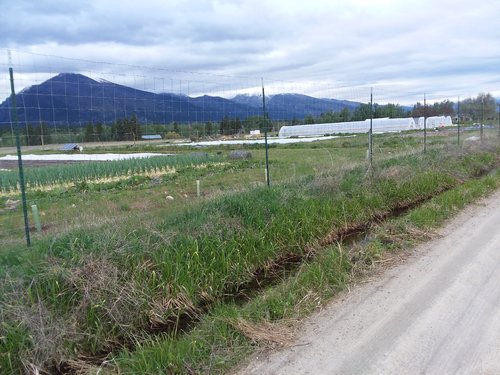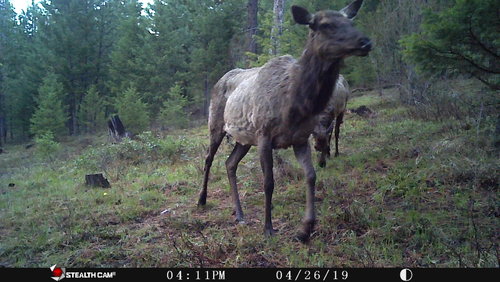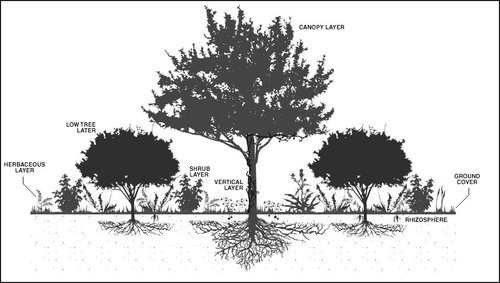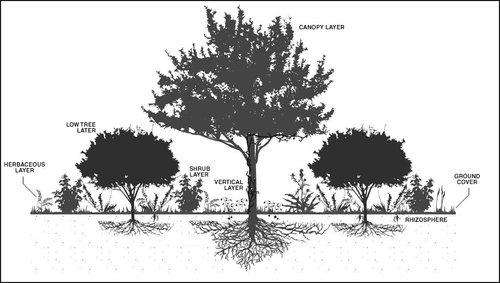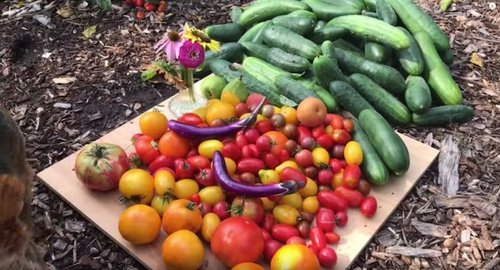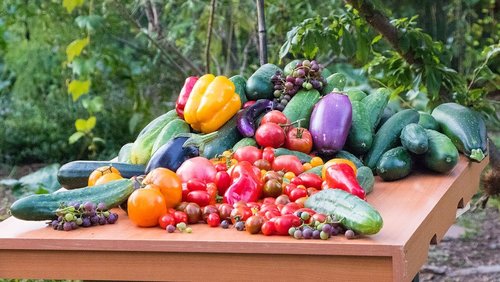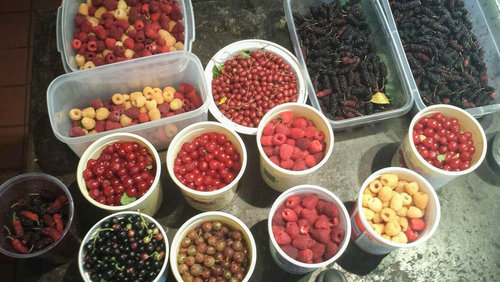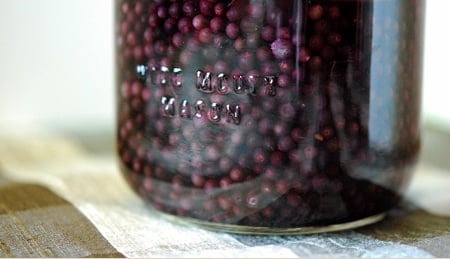pointingdogsrule
Well-known member
How dare you bring logic and facts into this discussionOne of the things with this study is the dosage rates. Female rats (F0 generation) transiently exposed (25 mg/kg body weight glyphosate daily) . To get that dosage in humans you would have to eat a lot foods that contain a ton of glyphosate. Quaker Oats seems to the the highest I could find. 2,837 ppb which is 2.837 mg/kg, meaning you would have to eat 10 bowls of cereal daily to get to the levels they tested. European limits are 0.3 mg/kg/bw/daily, which means you are eating 9.5 times their allowable limit with one bowl. Conflicting information abound with this one.
There is so much conflicting information on Glyphosate.
FDA - https://www.fda.gov/food/pesticides/questions-and-answers-glyphosate
Detox Project - https://detoxproject.org/glyphosate-in-food-water/
Wheat foundation - https://wheatfoundation.org/the-truth-about-glyphosate-part-1-how-do-wheat-growers-use-glyphosate/
Ecowatch - https://www.ecowatch.com/monsanto-glyphosate-cheerios-2093130379.html
Who knows what it does or does not do.
I think it would be best for everyone to start a garden and start to grow more of their own food. That way you know where it is coming from.





